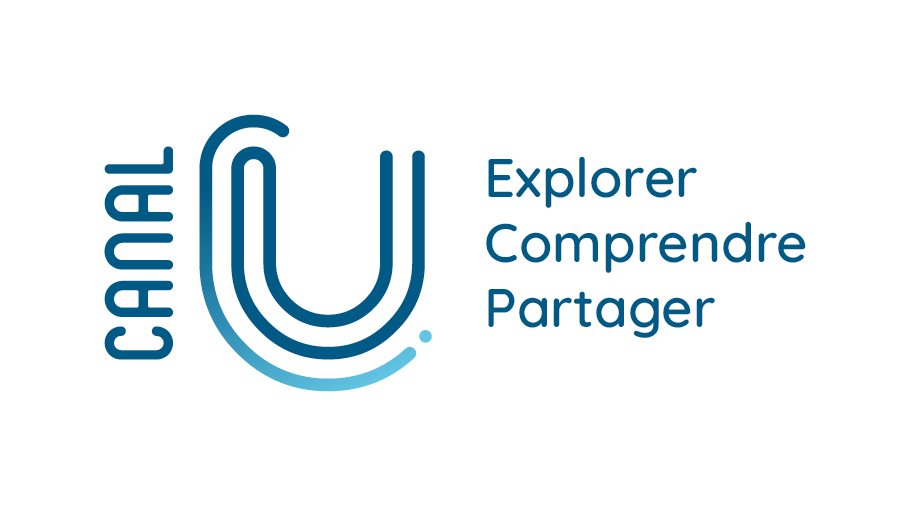
Sommaire
Exploitation of copper ressources in Alps in the late Neolithic and Bronze Age / Laurent Carozza
Date de création :
08.10.2009Auteur(s) :
Laurent CAROZZAPrésentation
Informations pratiques
Droits réservés à l'éditeur et aux auteurs.
Description de la ressource
Résumé
Glacial fluctuations and exploitation of copper ressources in high mountain Alps in the late Neolithic and Bronze Age (2500-1500 BC). Laurent Carozza (Université Toulouse2-Le Mirail). In 2eme workshop d'Archéologie du paysage des montagnes européennes "La construction des territoires montagnards : exploitation des ressources et mobilité des pratiques" organisé par les Laboratoires GEODE et TRACES (Toulouse) et le Centre d'Archéologie Préhistorique du Rhône aux Alpes (Valence, France). Université Toulouse II-Le Mirail, 8-11 octobre 2009. [Première journée.] Copper exploitation developed in the southern half of France during the late Neolithic -between the 4th and 3rd millenia before our era- ("La Capitelle" in Péret : 3200-2900 BC ; Ambert et al. 2005). On the southern edge of the Massif Central and in the Pyrenees, the mining and metallurgical districts developed low-productivity metal extraction. The production was then diffused thanks to local networks. This first type of metallurgy is mostly to be found in lower and medium altitude mountainous areas. This model, which could be called the « Neolithic system » was completed in the second half of the third millennium, between the 25th and 24th centuries BC, with the end of the mining operations and a modification in metal consumption and supply networks. In the Alps, the expansion of copper exploitation in high mountain areas from the 24th century BC has been observed. The exploitation of bornite in Saint-Veran (Hautes-Alpes) began around 2350 BC. The trench pillar –known as the ‘Tranchée des Anciens’- delivered nearly 400 m3 of ore processed in workshops situated at an altitude above 2300 m. The carbon datings show that the whole mining and metallurgical site operated for less than 500 years, between 2400 and 1900 BC, at the end of the Neolithic period and during the early Bronze Age. Further North, in the Grandes Rousses massif, a large mining area was discovered recently (Bailly- Maître, Gonon, 2008) and the identification of metal pollution (copper and lead) in proglacial altitude lakes (Lake Bramant, 2500m, Guyard et al., 2008) shows a mass production of copper in the early Bronze Age (2200-1650 BC). The copper resources are situated at an altitude between 2250 and 2600 m and, unlike in Saint-Veran, are distributed over a very wide area. The exploitation of the mining district seems to have stopped during the 17th century BC, at the beginning of the Middle Bronze Age. Among the reasons which could account for the intensification of the exploitation of copper resources, the causal link between the complexity of the techniques and mineral processing has long been put forward. Changes in weather conditions -as they imply the conditions of access to copper- can offer an alternative scenario. The core samples taken in the Bramant Lake and the Blanc d’Huez Lake (« Grandes Rousses ») show fast fluctuations of glacial activity during the Neolithic period and the Bronze Age (Chapron et al., 2008). In the Bramant Lake, the predominance of organic layers -dated from the early Bronze Age to the beginning of the late Bronze Age- reflects declining glacial phases. Evidence suggests that the favorable climatic conditions which developed at the turn of the 3rd and 2nd millenia BC promoted -to the benefit of glaciers- the exploitation of previously inaccessible copper resources. A return to less favorable conditions, marked from 1600 BC by newly advanced ice, would signal the disuse of mining sites, to the benefit of resources located at a lower altitude, such as the Austrian Tyrol and the Italian Trentino.
"Domaine(s)" et indice(s) Dewey
- Géographie historique (911)
- Age du cuivre et du bronze (930.15)
Domaine(s)
- 911
- Histoire, Histoire de l'art, Archéologie
Intervenants, édition et diffusion
Intervenants
Édition
- Université Toulouse II-Le Mirail SCPAM
Diffusion
Document(s) annexe(s)
- Cette ressource fait partie de
Fiche technique
- LOMv1.0
- LOMFRv1.0
- Voir la fiche XML




